Top Home Repairs That Accidentally Invite Termites
- Jameson Elam

- Aug 12
- 3 min read
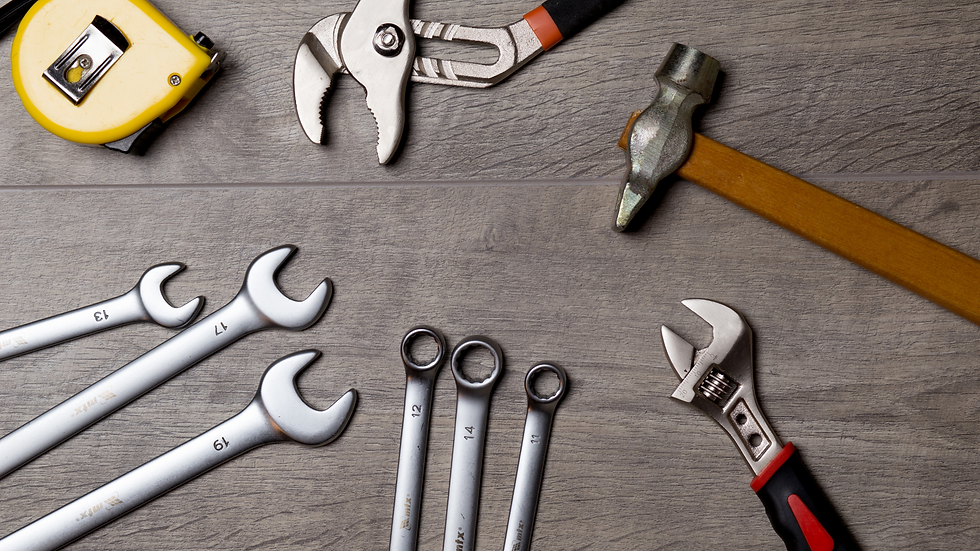
About the Author: Jameson Elam is the owner and operator of Good Sense Termite, serving Alameda, Santa Clara, San Mateo, and Santa Cruz counties. With over 14 years of hands-on experience in the termite control industry, Jameson specializes in thorough inspections, accurate diagnostics, and long-term solutions tailored to California homes. His deep knowledge of local termite behavior and building structures has made Good Sense Termite a trusted name for homeowners and real estate professionals alike.
Good Repairs Can Create Hidden Termite Risks
Many homeowners make repairs or improvements to protect and maintain their homes, but some projects unintentionally create new entry points for termites. In San Jose and the wider Santa Clara County area, the wrong repair can quickly lead to an infestation.
Understanding how certain fixes or upgrades attract termites helps you prevent problems before they start.
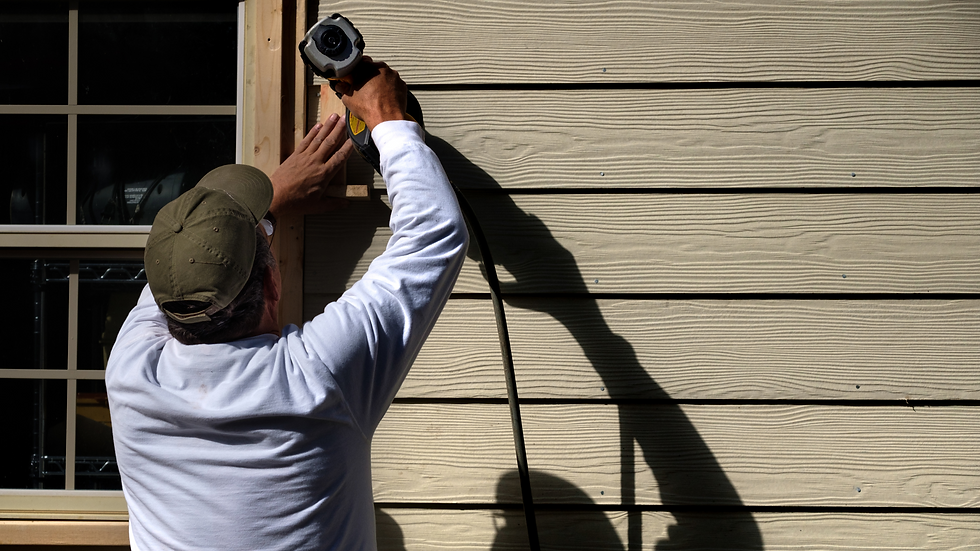
1. Replacing Siding Without Fixing Moisture Issues
Swapping out old siding is a smart move, but skipping moisture repairs first can backfire.
Termites are attracted to damp framing behind siding.
If water damage or leaks remain, new siding can trap moisture and give termites a hidden entry.
Safe Fix: Inspect for leaks and rot before installation. Ensure flashing and weather barriers are secure.
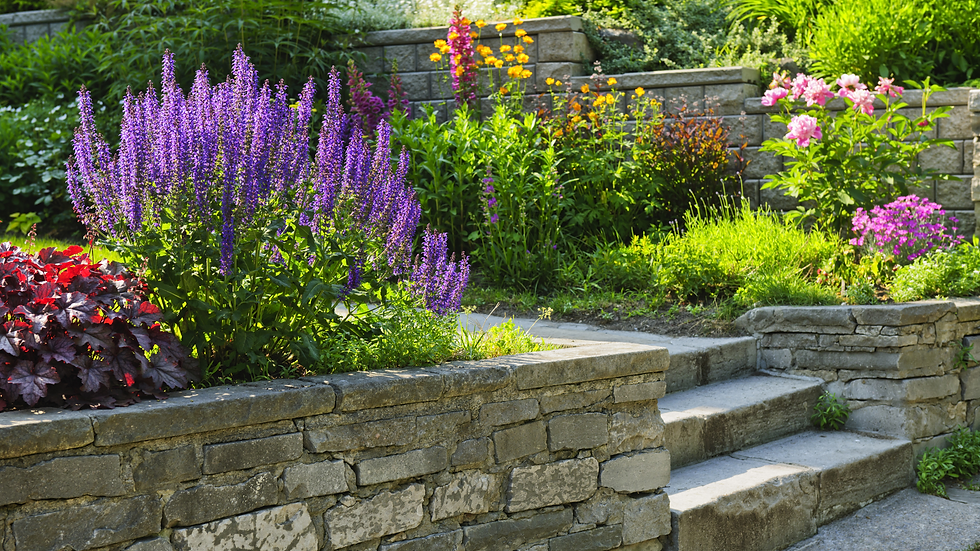
2. Installing Mulch or Landscaping Against the House
Fresh mulch and new plants look great but can create soil-to-wood contact:
Moist mulch provides an ideal path for subterranean termites.
Dense plantings keep the soil damp against your foundation.
Safe Fix: Keep at least a 6-inch clearance between soil and wood siding. Use gravel borders or non-wood ground cover near the foundation.
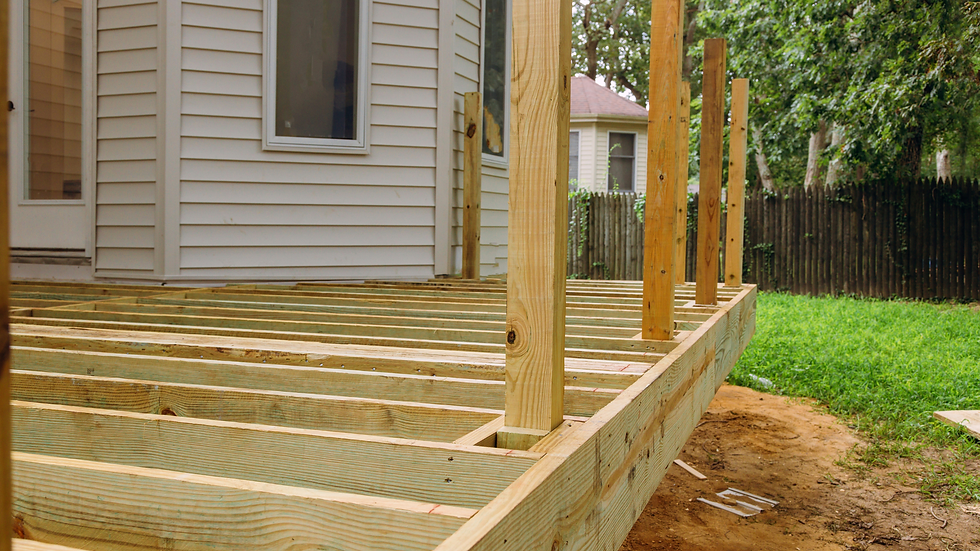
3. Adding Wooden Decks or Stairs Directly to Soil
Deck projects can turn into termite magnets when:
Ledger boards touch siding without flashing.
Support posts sit directly in soil without concrete footings.
Safe Fix: Use concrete or steel footings, and flash ledger boards properly to prevent moisture intrusion.
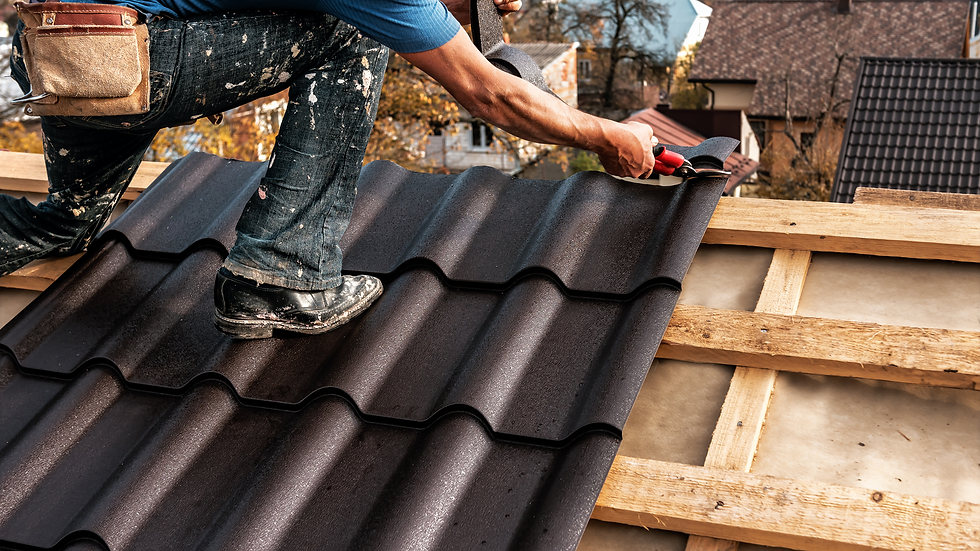
4. Repairing Roofs Without Sealing Eaves and Fascia
Termites, especially drywood species, often start from the top down:
Exposed eaves or unsealed fascia boards invite swarming termites.
Rotting wood along roof edges accelerates the problem.
Safe Fix: After roof repairs, seal and paint eaves, and check that attic vents are screened.
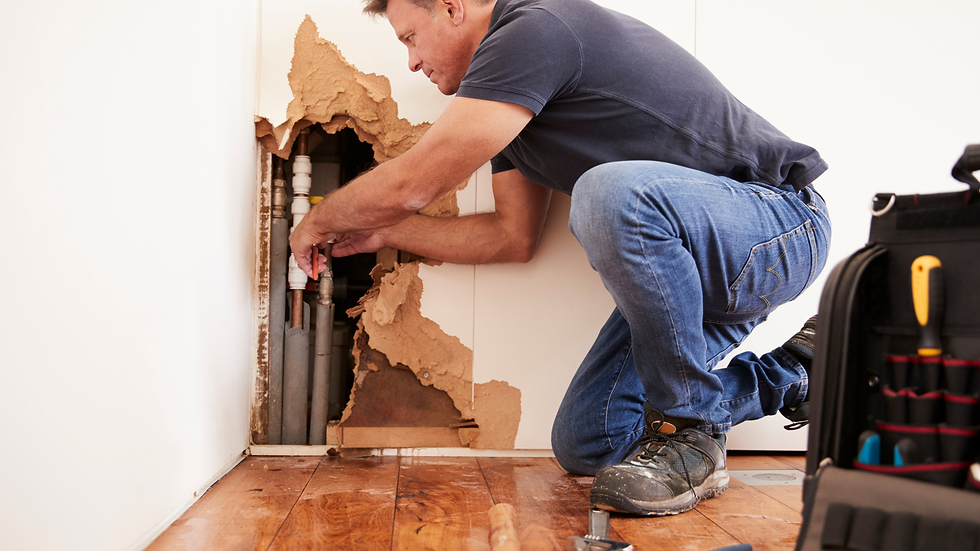
5. Fixing Plumbing Leaks Without Checking for Damage
Leaky pipes are a beacon for termites, and repairing the leak alone isn’t enough:
Hidden damp wood in walls or crawl spaces can sustain a colony.
Termites may already be nesting in previously wet areas.
Safe Fix: After plumbing repairs, inspect adjacent wood framing and subfloors for termite activity or moisture damage.
FAQs About Termite-Inviting Repairs
Should I get a termite inspection after major repairs?
Absolutely. Post-project inspections ensure no hidden conditions invite termites.
Do mulch and landscaping really attract termites?
Yes. Damp organic material near foundations can lead termites straight to your home.
Can termites really enter through new construction?
Yes. Fresh repairs can create ideal conditions if moisture or soil contact isn’t addressed.
Why San Jose Homeowners Choose Good Sense Termite
With 14+ years of local experience, we know which repairs often lead to infestations. Our services include:
Free, comprehensive inspections after major home repairs
Moisture and entry-point evaluations during and after projects
Targeted treatments and warranties to keep homes safe long-term
We help homeowners protect their investment before a small mistake becomes a costly infestation.
Keep Your Repairs from Becoming a Termite Invitation
Before your next home improvement project, schedule a free inspection with Good Sense Termite. We’ll identify hidden risks and ensure your repairs keep your home safe.




Comments